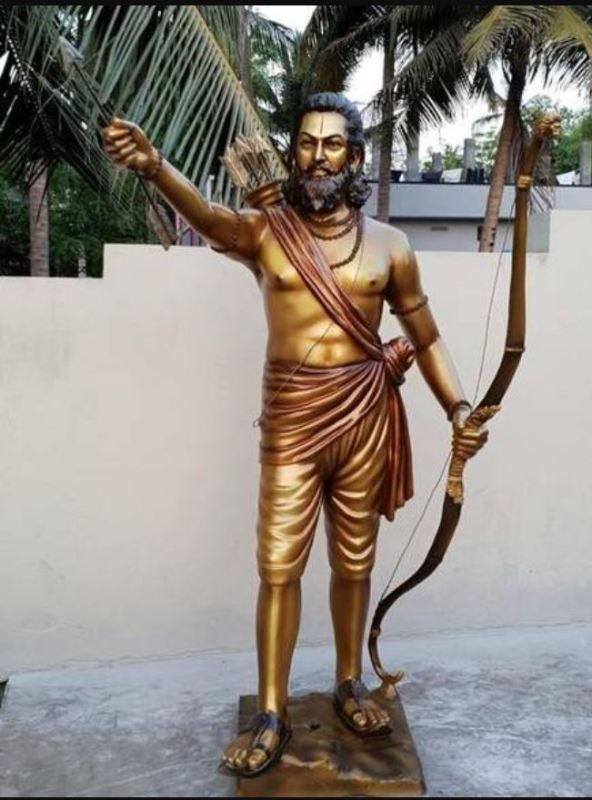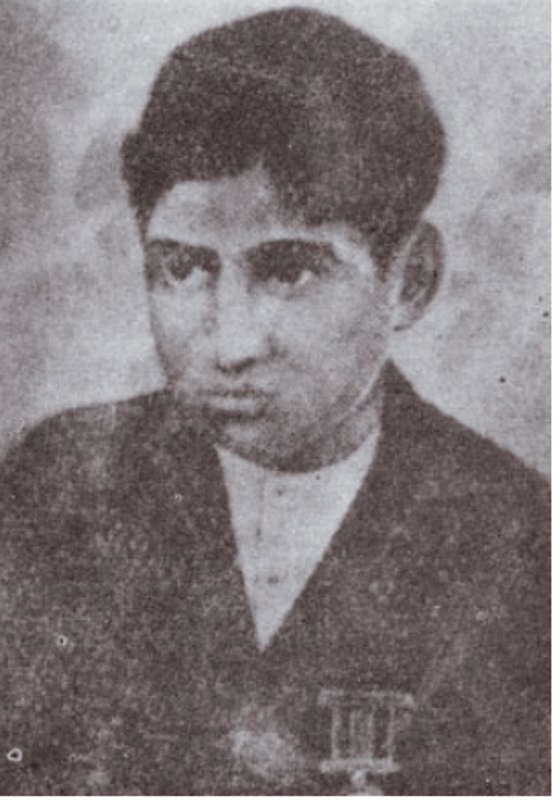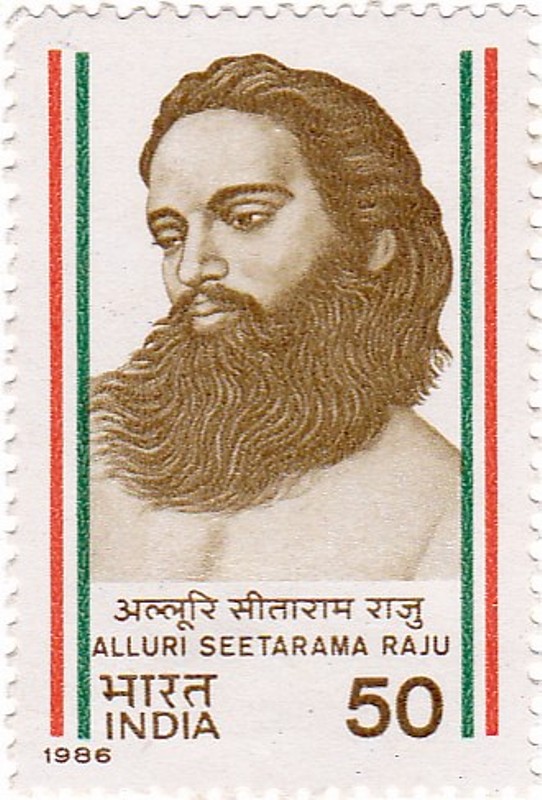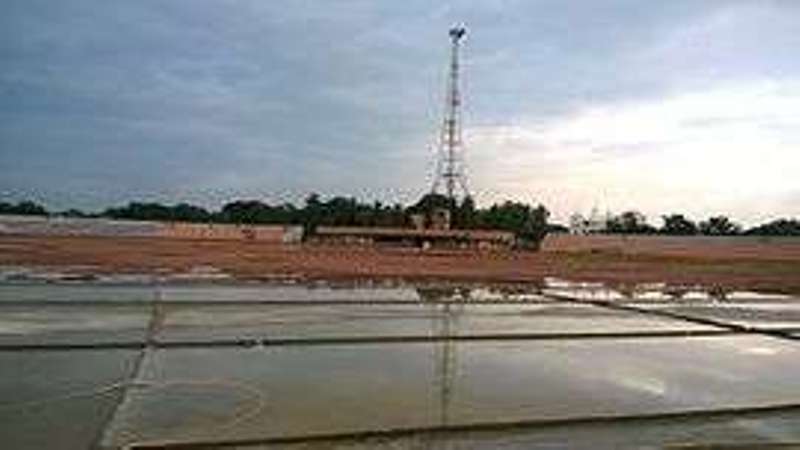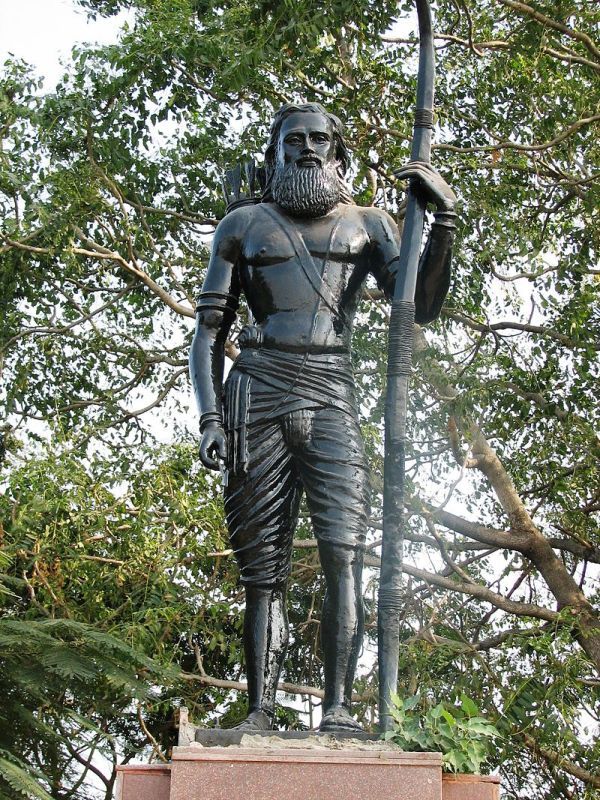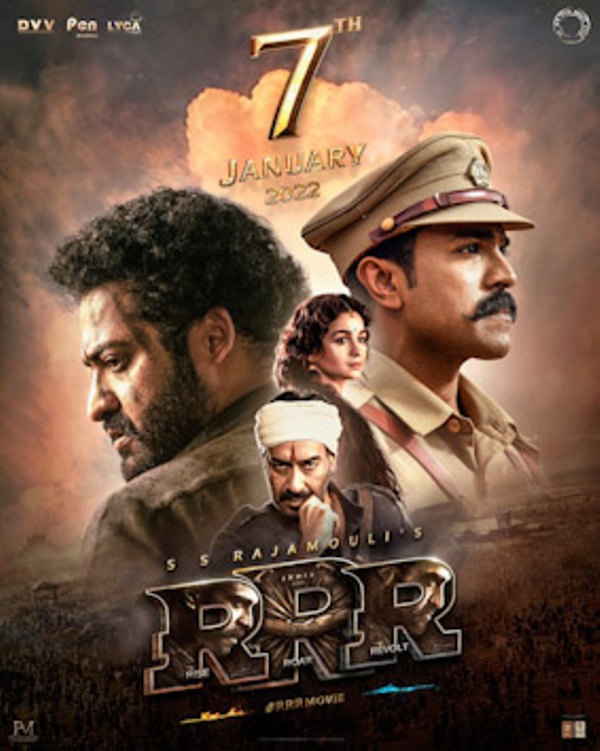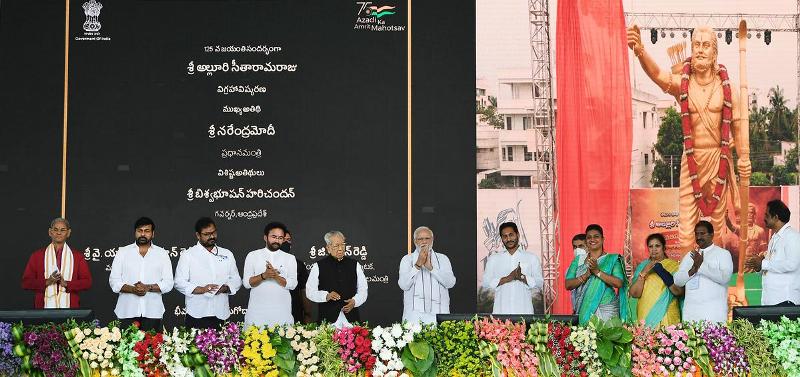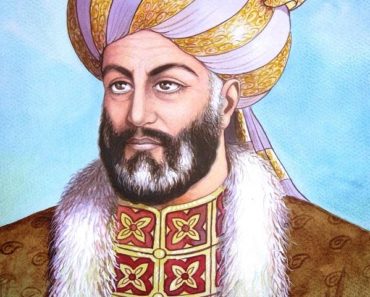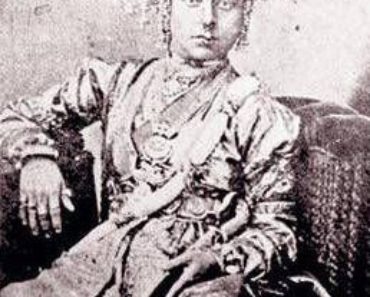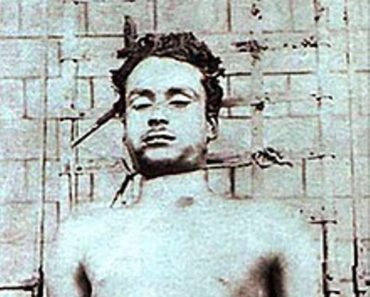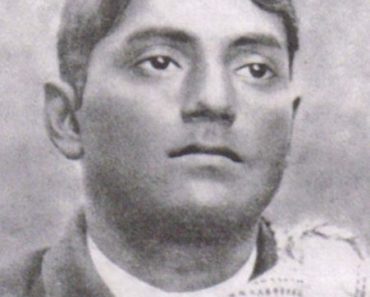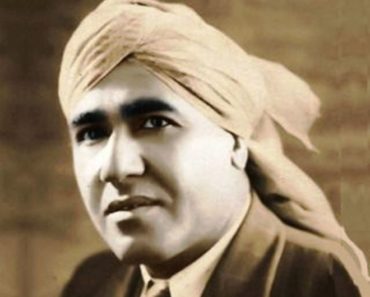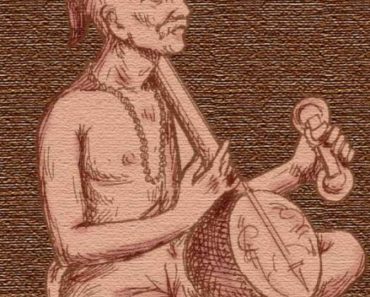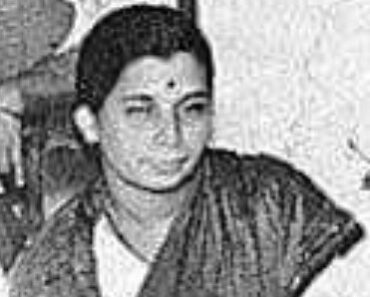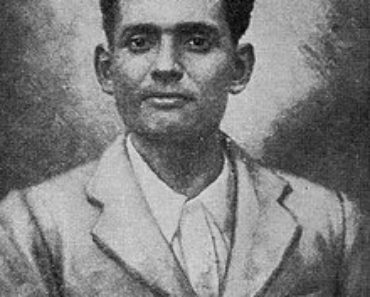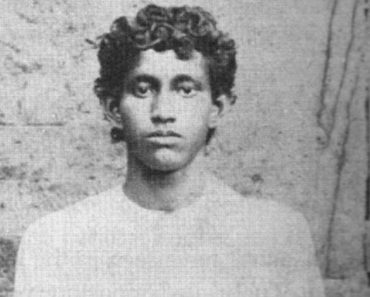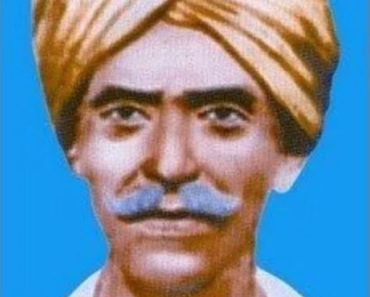Alluri Sitarama Raju was an Indian revolutionary. He actively participated in India’s struggle for independence by initiating the Rampa Rebellion movement in 1922. The indigenous people and the supporters of the East Godavari and Visakhapatnam regions of Madras Presidency, in present-day Andhra Pradesh, advocated for the Rampa Rebellion to fight against the colonial rule in India. During the movement, Alluri Sitarama Raju earned the name ‘Manyam Veerudu’ which means ‘the hero of the jungle.’ Under the Rampa Rebellion movement, the police stations of Chintapalle, Rampachodavaram, Dammanapalli, Krishna Devi Peta, Rajavommangi, Addateegala, Narsipatnam, and Annavaram were raided by Alluri Sitarama Raju with the help of the local tribal people and looted the government guns and ammunition to be used against the Britishers. Alluri Sitarama Raju was influenced by the Gandhian non-cooperation movement that led him to form his own army to kill renowned British officials of South India.
Contents
Wiki/Biography
Alluri Sitarama Raju was born on Sunday, 4 July 1897 (age 27 years; at the time of death) in Pandrangi, Madras Presidency, British India (present-day Andhra Pradesh, India). His zodiac sign was Cancer. He attained his high school education at Mission High School, Vishakhapatnam and Taylor High School in Narsapur. He also mastered astrology, herbalism, palmistry and horse-riding at school. Later, he went to Mrs A.V.N. College for higher studies and quit the college in its fourth year. [1]Inspirational Persons
Physical Appearance
Hair Colour: Black
Eye Colour: Black
Family
Parents & Siblings
His father’s name was Venkata Rama Raju, and he was a photographer. His mother’s name was Suryanarayanamma. He had a brother and a sister named Satyanarayana Raju and Sitamma Dantuluti, respectively.
Wife & Children
He was not married.
Caste
He belonged to the Kshatriya community. [2]The Great Indian Patriots, Volume 2
Madras Forest Act 1882
The local Podu Farming was restricted by the Britishers in 1882 after passing the Madras Forest Act. Under this act, the shifting cultivation system was affected on the local agricultural lands of the local tribal people. The abolition of this farming system forced the local farmers to adopt the coolie system that was formed by the Britishers and their contractors to demand and exploit the local farmers. In this coolie system, the farmers mainly worked in road construction activities. The old tax collectors and the rulers of South India were deprived of their powers under the Madras Forest Act. These rulers were given the work of the civil servants; however, they were not granted their previous inherited positions. These Indian tax collectors and farmers unite together against Britishers due to this act.
Alluri Sitarama Raju against the Madras Forest Act
In 1922, Alluri Sitaram Raju revolted against the Madras Forest Act that was imposed by the Britishers on the indigenous people of Madras. The local tribal people including the hereditary tax collectors supported him to raise his voice against British rule who unfairly treated them. Consequently, these hereditary tax collectors did not act selfishly to regain their earlier positions during the revolt against British Raj. In the same year, Alluri Sitaram Raju formed his own army that included the indigenous people and hereditary tax collectors against the Britishers. Alluri Sitarama Raju was greatly influenced by the strategies of the non-cooperation movement initiated by Mahatma Gandhi in North India from 1920 to 1922. He ordered his army to follow the aspects of the non-cooperation movement like controlling the negative thoughts, actions, and behaviour while keeping oneself away from alcohol, adopting Khadi clothes and preferring the panchayat courts instead of the colonial courts. Reportedly, the main motive of this movement inclined to promote political consciousness for attaining change in the country that ultimately led the Britishers to keep a secret eye on Alluri Sitarama Raju. This political inclination of this movement gradually led to its decline. In August 1922, the police stations of Chintapalle, Krishna Devi Peta, and Rajavommangi were robbed for arms and guns by Alluri Sitarama Raju and his army personnel consisted of 500 people. This successful robbery attempt of Sitarama Raju motivated him to recruit more tribal revolutionaries in his army to rob the arms and kill the British police officers while fighting for the independence of India. The local villagers helped Sitarama Raju and his companions in hiding from the police by providing them shelter. Reportedly, according to contemporary official reports, a group of 80 to 100 people used to attack and rob the British police stations. Two reputed British police Officers were killed by Alluri Sitarama Raju and his companions on 23 September 1922 at the Dammanapalli Ghat. This killing helped Sitarama to fasten his relationships with the local people. [3]Peasants in India’s Non-Violent Revolution In September 1922, Alluri raided the British police stations two more times with the intention of arms robbery. Britishers put the local area on high alert after declaring it guerilla warfare. Special Malabar Police Force was formed by Britishers to counterattack Alluri. On the other side, Alluri continued raiding the police stations of Rampachodavaram, Addateegala, Narsipatnam, and Annavaram. Meanwhile, the British government announced incentives and awards to those local villagers who would provide the information of Alluri Sitarama Raju and his companions, but all these attempts were in vain.
Death
The British officials caught Alluri Sitarama Raju in the forests of Chintapalle in 1924. They shot him in Koyyuru Village after tying him to a tree. At Krishnadevipeta village in Andhra Pradesh, Alluri’s tomb is situated. [4]Byju’s
Facts/Trivia
- He was nicknamed Rama Chandra Raju and Aluri Rampa Rama Raju. [5]Inspirational Persons
- He earned the title of ‘Manyam Veerudu’ for his contribution to protecting the agricultural land of tribals in Madras.
- The birthplace and birth year of Alluri Sitarama Raju is debatable on the internet media sources. Some official websites narrated the birthplace of Alluri as Bhimavaram tehsil in Andhra Pradesh and some other sources suggested it as Mogallu in West Godavari District. Some other renowned books and articles stated his birthplace at the village Pandrangi in the Bheemunipatnam in Andhra Pradesh. His date of birth also varies on different media websites. Some mentioned it to be 4 July 1897 and some stated his birth year as 1898. [6]Subaltern Studies [7]The Great Indian Patriots, Volume 2 [8]The Hindu [9]Contemporary Society
- Alluri Sitarama Raju was inclined to ascetic life when he was eighteen years old. At school, he learnt astrology, herbalism, palmistry, and horse-riding. He was brought up by his uncle ‘Rama Krishnam Raju’ after the death of Alluri’s father. Rama Krishnam Raju was a tehsildar in Narsapur in the West Godavari district. Alluri, along with his mother, brother, and sister shifted to his maternal hometown in Vishakhapatnam after receiving his school education at Taylor High School. Later, he went to Mrs A.V.N. College and quit it in his fourth year. In Vishakhapatnam, he observed the needs of the native tribal people of the Godavari area and attracted them through his charismatic personality.
- Alluri Seetharama Raju, a movie, was made on the life journey of Alluri in 1974. The South Indian actor Krishna was the lead hero of this movie.
- Annually, on 4 July, the government of Andhra Pradesh celebrates his birthday as a state festival.
- The government of India issued a postal stamp, with the picture of Alluri printed on it, in 1986 to honour the freedom fighter Alluri Sitarama Raju.
- Alluri Sitarama Raju Cricket Stadium in Eluru was named after him by the government of India to honour his sacrifices done during the Indian independence movements.
- The two members of parliament named Thota Narasimham and V. Vijayasai Reddy requested the government of India to place the statue of Alluri Sitarama Raju in the precincts of parliament of India in 2017, and in the same year on 9 October 2017, it was placed by the government of India. [10]The Hindu Later, at Tank Bund Road in Hyderabad in Telangana, another statue of Alluri Sitarama Raju was established.
- In 2019, a Telugu language book titled ‘Alluri Sita Ramaraju” was written by Sheikh Abdul Hakim Jaani. In his book, he elucidated the sacrifices of Alluri Sitarama Raju.
- In 2021, a Telugu film titled RRR was directed by S. S. Rajamouli based on the sacrifices done by Komaram Bheem and Alluri Sita Ramaraju during India’s struggle for freedom was announced to be released but delayed due to the COVID-19 pandemic. In the movie, Ram Charam portrayed Alluri Sitarama Raju.
- According to an Indian researcher and writer, Britishers spent over Rs. Forty Lakhs to find out the rebels of the Rampa rebellion including Alluri Sitarama Raju. He stated in his article,
Raju won the grudging admiration of the British as a formidable guerrilla tactician. That the Government had to spend over Rs 40 lakhs in those days to defeat the rebellion speaks volumes about the success of the Rampa rebellion.”
- Alluri Sitarama Raju liked to meditate and live alone when he was very young. One of the incidents from his young age was narrated in his biography in which it was stated that he got attracted to a girl named Sita who was the sister of one of his friends. Sita died at a very young age, and Alluri attached her name with his original name in her memory. He changed his name from Alluri Rama Raju to Alluri Sitarama Raju.
- Alluri was raised by his uncle after the death of his father. His uncle taught him horse riding in the jungles of Vishakhapatnam where Alluri was eventually inclined to circus feats and acrobatics.
- Telugu, Sanskrit, Hindi, and English languages were privately mastered by Alluri Sitarama Raju after quitting his college studies.
- During his stay at Vishakhapatnam, Alluri Sitarama Raju met the renowned Indian freedom fighter and revolutionary Prithvi Singh in the jungles of the area. Reportedly, they fought against the colonial rule and visited Chittagong in Bangladesh to carry on their mission. Chittagong was then very popular for armoury raids and conspiracy cases.
- Alluri Sitarama Raju used to visit the Ganga and Godavari as pilgrimage places at a very young age.
- Reportedly, Alluri was called the saviour of the Muttadars of Telangana as he saved the lives of several indigenous people from the clutches of the Britishers during his struggle for independence.
- During his fight against colonial rule, Alluri Sitarama Raju was followed by the renowned freedom fighters and Koya brothers named Mallam Dora and Ghantam Dora. The British government forcefully snatched their ancestral fertile land after the Madras Forest Act of 1882.
- Alluri Sitarama Raju visited Western, North-Western, North and North-eastern India on pilgrimage soon after the death of his father and quit his school studies.
- Reportedly, when he was 13 years old, Alluri Sitaram Raju was given a handful of badges with King George’s picture on them by his friend. Alluri kept one of the badges and pinned it on his shirt, and he threw the remaining. Alluri kept the one badge to remind him of that foreign ruler who was spoiling the lives of the Indians. He narrated to his friend,
To wear them is to flaunt our servitude. But I pinned it on my shirt near my heart to remind all of you that a foreign ruler is crushing our lives.”
- Once, Subhas Chandra Bose cited Alluri Sitarama Raju in one of his writings and stated that all Indians should see him as an inspiration. He wrote,
I consider it my privilege to praise the services of Alluri Sitarama Raju to the national movement, the youth of India should see him as an inspiration.”
- On 4 July 2022, as part of Alluri Sitarama Raju’s 125th birth anniversary celebrations, Prime Minister Narendra Modi unveiled a 30-feet tall bronze statue of Alluri Sitarama Raju at Pedda Amiram village near Bhimavaram in West Godavari district.


